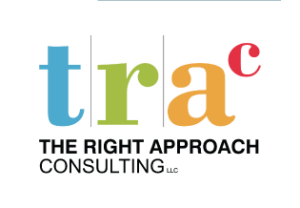ISO 2015 in Plain English: Context of the Organization Pt. 1
Making the Simple Complex
With each iteration of ISO 9001, the powers that be seem bent on developing one requirement using verbiage that makes a simple concept complicated to understand. For the 2015 version of ISO 9001, Context of the Organization is it. They can certainly take a cue from my friend Tom Peters when, while explaining a new management concept in his typically simple terms, he told the CEO of a Fortune 500 Company “I just don’t know how to make this any more complicated for you!”
 The “Organization’s Context” is defined as “the combination of internal and external factors and conditions that can have an effect on an organization’s approach to its products, services, investments and interested Parties.”
The “Organization’s Context” is defined as “the combination of internal and external factors and conditions that can have an effect on an organization’s approach to its products, services, investments and interested Parties.”
Wow, see what I mean! This really applies to the development of your organization’s Quality Management System (QMS), and if you are already certified to ISO 9001:2008 you have most likely done this analysis informally during strategic planning using SWOT Analysis, Market Research, Competitive Landscape Benchmarking and other tools. The difference is that now this activity must be documented and reviewed regularly; with my suggestion being via your current Management Review process.
The “Interested Parties” are defined as those that effect your QMS. Conversely, management need not consider entities that do not have an effect on the QMS, although this should be a very short list, because as I preach to my clients, the “Q” can functionally be removed from QMS as it is actually a Management System for the entirety of the business.
Because the textbook definition of “Context” talks about how something can be influenced by its surrounding circumstances and facts, it does make sense to apply this to your QMS. Since the implementation of a QMS is a strategic decision, there are certain factors that influence how the organization operates in their business environment. These “factors” that make up the “context” are divided into two categories: Internal and External.
Next week in Part 2 I will show you “Where to Start” and discuss what types of influences should be included in both the Internal and External context analysis.
Contact me for my free ISO 9001:2015 Readiness Checklist and perform a quick self-assessment to gage your preparedness for the new standard. Then call to see how I can help.
920-841-3478
Steve@TheRightApproachConsulting.com
